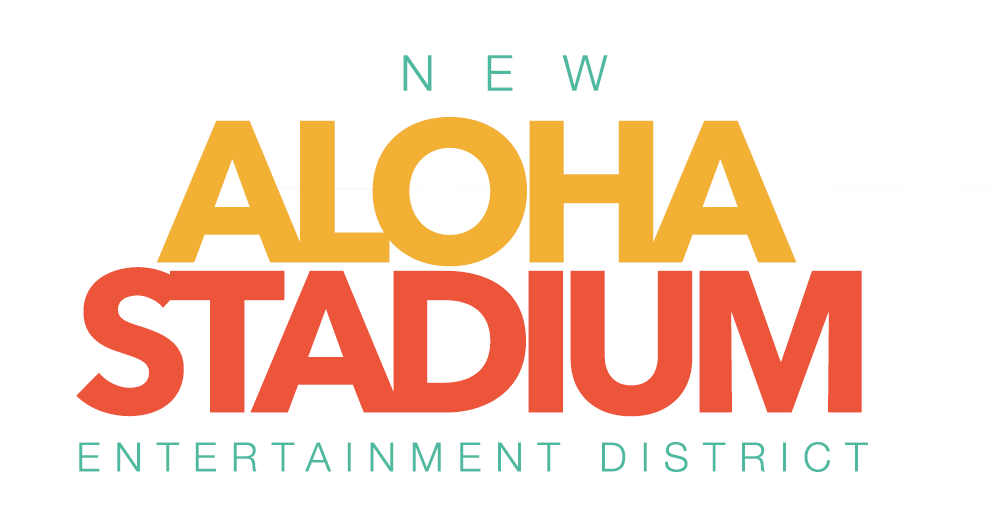KHON2
By Sam Spangler
Posted: Sep 25, 2019 / 09:45 PM HST / Updated: Sep 25, 2019 / 10:10 PM HST
The foundation for a new stadium in Halawa continued to be laid Wednesday evening, as the New Aloha Stadium Entertainment District Planning Committee hosted the public at the current Aloha Stadium.
The community was invited to give comments, ask questions, and see renderings of what the 99-acre area could host with the multi-use purpose.
This is the first formal large outreach to everybody in the neighborhood and even around the state to come out and tell us what they think they’d like to see in our Environmental Impact Statement.” State Public Works Administrator Christine Kinimaka said.
The Planning Committee will take the input from the meeting into account when they create a draft Environmental Impact Statement, which is scheduled to get underway when the public comment period closes on November 8th.
Many of the concerns from the public Wednesday night included potential swap meet location,
affordable housing inclusion, traffic concerns, and cost.
“This redevelopment does not happen in isolation.” said community member Claire Tamamoto.
“It will impact our three vital transportation corridors, Kamehameha Highway, Moanalua Road, and
H1 Freeway.”
Option A has the stadium itself built in the same location, with demolition and construction occurring
simultaneously.
Three potential renderings were released on September 8th:
Option B has the stadium built to the west and an amphitheater in its current location.
Option C has the stadium to the south and a recreation area in its place.
In any of the three options, Crawford Architects Project Lead Stacey Jones says that the University of
Hawai’i football team will play their home games at the current Aloha Stadium until construction of the
new stadium is complete.
“Nobody has to leave the current stadium and go play elsewhere, that’s not on the cards.”
With the current 44-year-old Aloha Stadium costing nearly $30 million in upkeep every year, many are
excited for the possibility of what’s to come.
“At least it’s a starting point so we can use it as a reference to what ideas we can give input on, so I pretty
much agree with what they’re doing.” said Aiea resident Wayne Suzuki.
Click here for a link to give testimony on the EISPN. (https://nased.hawaii.gov/reachout/)
READ FULL ARTICLE HERE

